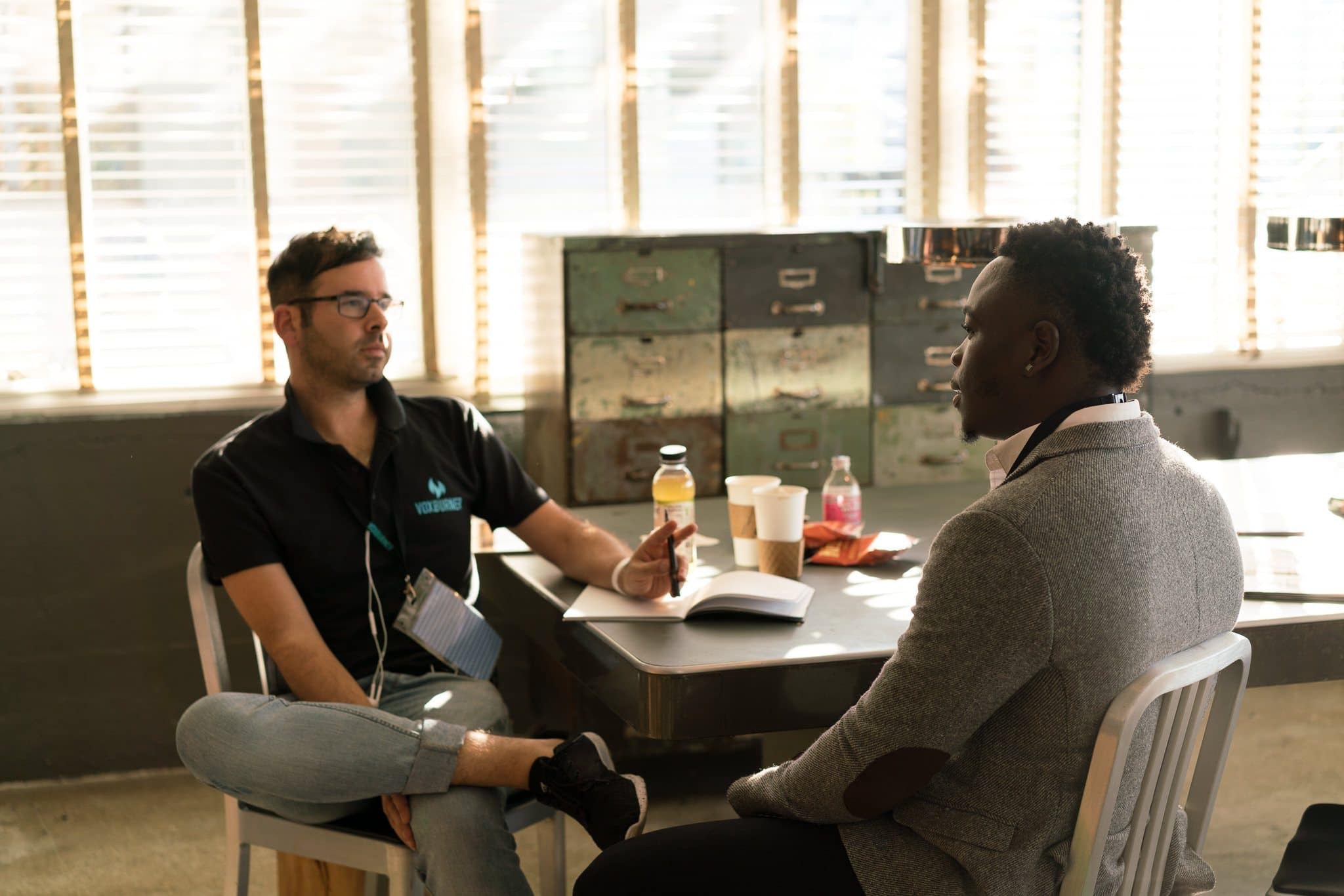Hiring a professional translator or translation agency to develop sales and marketing materials in the native language of target markets is a very smart business decision. There are multiple studies and reports which prove that market penetration is much faster and cost-effectively achieved when marketing to prospects or customers in their native language.
However, a successful translation projects doesn’t end with the hiring of a translator or agency. Achieving project success, time after time, requires establishing an effective partnership. Playing your part in project success requires commitment to a number of key elements. Here are the five that we have found are most critical:
Deliver Approved, Proofread Content for Translation
The documents or materials that you provide in your native language for translation should be the final, approved, proofread copies. When translators are midway through translating a document only to receive edits or amends to factor into translation of the document, things can go awry.
Typos or misspellings in the documents provided for translation can also lead to accidental translation errors as they can be misinterpreted, especially where the misspelling or typo constitutes an actual word in the English language. For example, “were” instead of “where”, “to” instead of “too”. Seasoned translators will often pick up on these things but it minimises risk of error by taking the onus upon yourself you to deliver a quality document for translation from the get-go.
Provide Background Information for the Project
With an understanding of the business and the materials, a translator will be better able to interpret context and meaning and translate effectively. In particular, providing an overview of the objective of the materials, e.g. to help distributors understand how to sell a company’s products and the attributes and profiles of the target audience for which the piece is intended will ensure a translator can deliver consistency of tone and simplicity/complexity of language.
Encourage Communication
Keep an open line of communication with your translation partner and encourage them to ask questions or seek clarification on any element of the materials if there are any grey areas. A successful translation projects relies on collaboration and so it should not be a case of “send and receive”. Through working together as firm “partners”, a company and translation agency can ensure the most effective translation of materials.
Ensure Reasonable Deadlines
Translating materials takes time, so it is important to keep reasonable turnaround times to ensure you receive quality translations. If an agency is agreeing to turnaround translations in a matter of hours, it is likely the project is being split between multiple translators or simply translated via machine technology. This tends to always result in a negative impact with the consistency and quality of translations received.
When it comes to translation projects, try to give as much advance notice as possible and be clear on the minimum turnaround times required by your agency. A reputable agency will usually require a certain number of days to turn around each project at a minimum.
Don’t Aim for Bottom Dollar Pricing
Translated materials for use in global materials are high value materials and play a significant role in protecting and enhancing business reputation. Given that translations hold this level of importance, this is not an area to try to achieve huge cost-savings by seeking bottom dollar pricing.
When it comes to translations, you really do get what you pay for and low cost translation services tend to most frequently deliver not so successful results. When the ultimate outcome has such significant importance for your business – helping your company to penetrate and grow in foreign markets that is – it deserves adequate investment.
There you have it, the five key commitments you need to make to play your part in translation projects success. Time and time again, we’ve observed how these five elements prove significant factors in acquiring quality translations that truly impact your business outcomes and help you to achieve cut-through in foreign markets.
The Importance of a Well-Defined Translation Project
-
A Clear Vision for Your Translation Projects
Before diving into a translation project, it is crucial to have a clear vision of what you aim to achieve. Define the project goals, target audience, and desired outcomes. Determine the scope of the project, including the volume of content, timelines, and budgetary considerations. By establishing a well-defined project plan, you set the stage for success.
Essential Elements for a Successful Translation Project
1. Project Planning and Management
Effective project planning and management are essential for successful translation projects. Define project milestones, set realistic deadlines, and allocate resources accordingly. Consider factors such as language combinations, subject matter expertise, and technology tools required for the project. Create a communication plan to ensure smooth coordination between stakeholders, including translators, reviewers, and project managers.
2. Linguistic Expertise
Linguistic expertise plays a critical role in the success of a translation projects. It is essential to work with professional translators who are not only fluent in the source and target languages but also possess subject matter expertise. They should have a deep understanding of the nuances, terminology, and cultural context relevant to the content being translated. Quality assurance processes, such as proofreading and editing, should be implemented to ensure linguistic accuracy.
3. Cultural Sensitivity and Adaptation
Cultural adaptation are key factors in successful translation projects. Translators must be knowledgeable about the cultural nuances and customs of the target audience. They should adapt the content to ensure it resonates with the cultural context, avoiding any unintentional misunderstandings or offensive content. Cultural sensitivity includes using appropriate idioms, references, and localized terminology to create a seamless and relatable experience for the target audience.
4. Technology and Tools
In today’s digital age, technology and tools play a significant role in translation projects. Translation memory tools, terminology databases, and machine translation systems can enhance productivity and consistency. Collaborative platforms and project management tools facilitate effective communication and streamline workflows. However, it is important to strike a balance between automation and the human touch to ensure quality and accuracy.
5. Quality Assurance and Review Processes
Implementing robust translation quality control and review processes is vital for successful translation projects. This includes proofreading, editing, and conducting thorough linguistic and functional testing. Peer review by experienced translators or subject matter experts can provide valuable insights and ensure the final output meets the highest standards of quality.
Collaboration and Communication in Translation Projects
- Effective Collaboration Among Stakeholders
Successful translation projects require effective collaboration among all stakeholders involved. This includes clear communication channels, prompt response times, and a collaborative mindset. Regular feedback and open dialogue between translators, project managers, and clients help address any issues or concerns promptly, ensuring a smooth workflow and timely delivery.
Conclusion
A successful translation project requires several key commitments, including providing final, proofread content, sharing background information, maintaining open communication, setting reasonable deadlines, and investing in quality over cost savings. Additionally, a well-defined project plan with clear goals, linguistic expertise, cultural adaptation, appropriate technology usage, and robust quality assurance processes are essential. Effective collaboration and communication among stakeholders are crucial for smooth workflows and timely deliveries. These principles apply to businesses in Australia, a diverse and multilingual market, emphasizing the importance of professional translation services in reaching and engaging with various linguistic communities while upholding a strong reputation.
Related Posts

Get a quote today
"*" indicates required fields
Subscribe today to receive the latest insights and updates from Sylaba Translations










